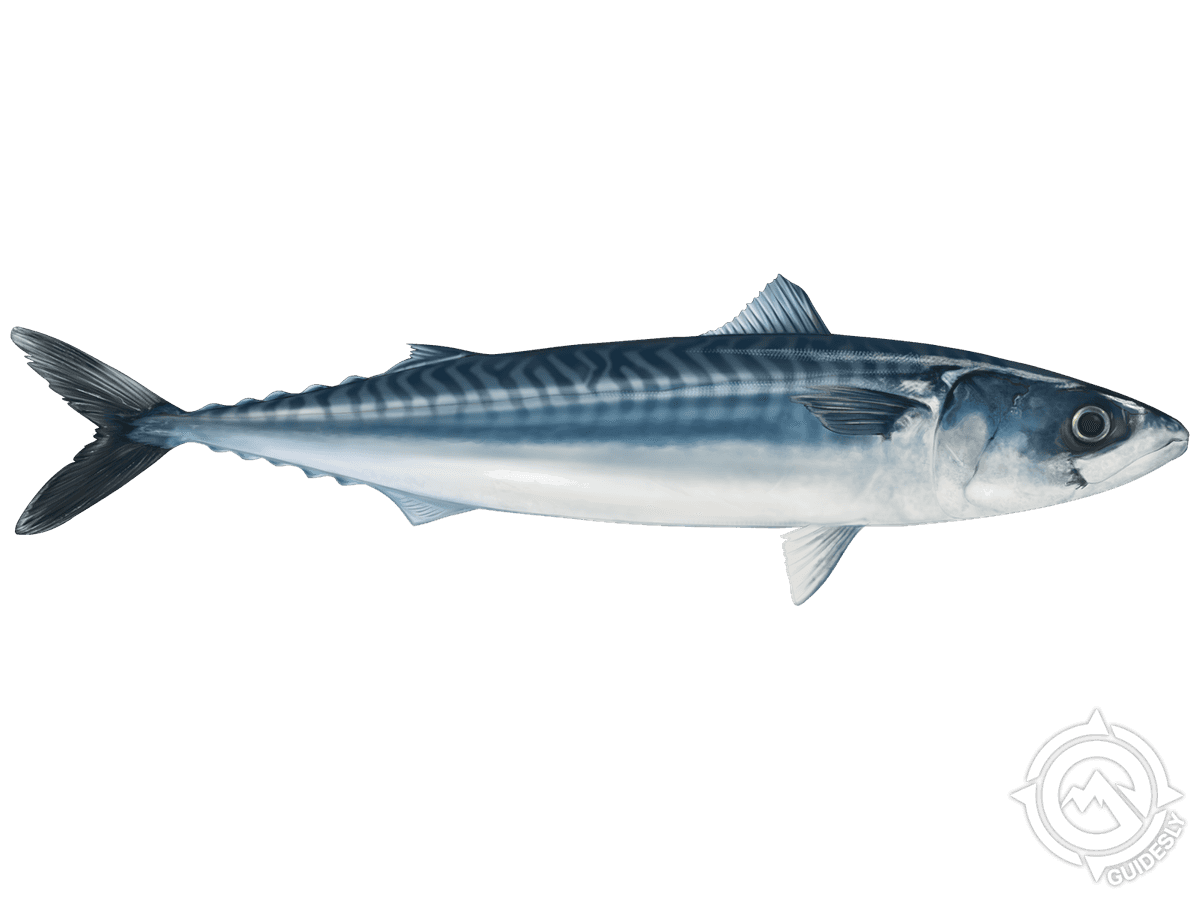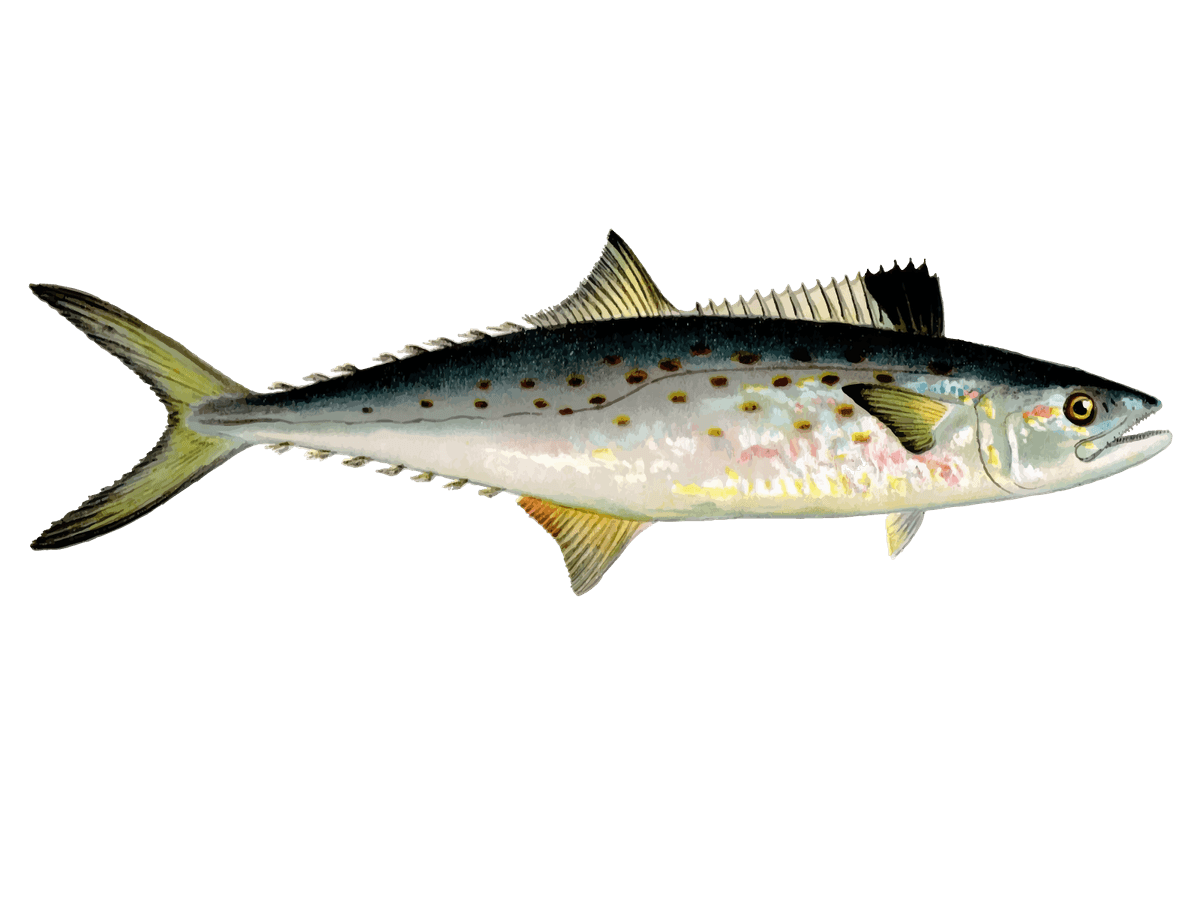Morning Inshore Fishing Adventure | North Myrtle
- Published Date: July 17, 2025
- Fishing
- North Myrtle Beach
- $400 - $500 price range
Summary
%2F%2Fusers%2Feb58c4d6-df2a-4eb6-98d1-e61cd6716e36%2Fratecard%2Fcaptain-quick-fishing-charter-north-myrtle-beach1.jpg&w=1200&q=75)
Reelin' 'Em In


Reel in the Morning: Half-Day Fishing Adventure
Ready to start your day with some serious rod-bending action? Our private half-day morning trip in North Myrtle Beach is just the ticket. We'll hit the water at 7:30 AM sharp, giving you 4.5 solid hours to work the inshore and nearshore hotspots. This isn't some rushed outing – we've got plenty of time to find the fish and let you get your hands dirty. Best part? Your fishing license is covered, so all you need to worry about is showing up ready to have a blast.
What to Expect on the Water
Picture this: The sun's just peeking over the horizon as we push off from the dock. The air's got that perfect mix of salt and morning dew. As we cruise out, I'll get you up to speed on what's been biting lately and where we're likely to find some action. We'll hit a mix of inshore spots – think oyster beds, creek mouths, and grass flats – as well as some nearshore reefs and structures. It's all about variety and keeping those lines tight. And hey, if you're new to this, don't sweat it. I'll show you the ropes and have you casting like a pro in no time.
Gearing Up for Success
On my boat, we keep things simple but effective. We'll be using a mix of light and medium tackle, perfect for the inshore species we're after. Expect to do some casting with soft plastics and jigs, maybe some live bait fishing if that's what's working. We might even troll a bit if we spot some mackerel busting bait on the surface. I've got all the gear you need, from rods and reels to the latest in fish-finding tech. Just bring your game face and maybe a lucky hat.
Top Catches This Season
Folks have been pulling in some real beauties lately. We've seen coolers full of fat flounder, strings of Spanish mackerel that'll make your arms sore, and even some surprise bull reds crashing the party. The amberjack have been showing up in force too, giving anglers a run for their money. Remember, it's not just about what ends up in the boat – it's about the stories you'll take home. Like the time we had a pod of dolphins show up and put on a show while we were reeling in bluefish. You never know what you'll see out here.
Species You'll Want to Hook
Greater Amberjack: These bruisers are the heavyweight champs of our nearshore waters. They typically hang around wrecks and reefs, and when you hook one, hold on tight! We're talking about fish that can top 100 pounds, though most we catch are in the 20-40 pound range. They're at their peak in late spring and early summer, but you can find them year-round. Amberjack fights are the stuff of legend – prepare for your arms to feel like jelly after tangling with one of these bad boys.
Atlantic Mackerel: These sleek, speedy fish are a blast to catch. They school up in huge numbers, especially in the cooler months. When we find a school, it's often non-stop action. They're not the biggest fish out there, usually 1-2 pounds, but what they lack in size they make up for in fight and numbers. Plus, they're delicious if you're into fresh sushi or sashimi.
Spanish Mackerel: Cousins to the Atlantic mackerel, these guys are the speed demons of the coast. They show up in force during the warmer months, usually April through October. Spotting a school of Spanish macks busting bait on the surface is one of the most exciting sights in fishing. They're fast, they hit hard, and they're a favorite for both eating and sport. Most run 2-4 pounds, but we occasionally hook into some real monsters.
Southern Flounder: If you're after a fish that takes some skill to catch, flounder are your target. These flat ambush predators lie in wait on the bottom, often in sandy or muddy areas near structure. They're masters of camouflage, which makes sight fishing for them a real challenge. But man, when you hook into a big doormat (that's what we call the big ones), it's a special feeling. They're most active in the fall, but we catch them year-round. And let's not forget – they're some of the best eating fish in the sea.
Bluefish: These toothy critters are the bulldogs of the ocean. They're aggressive, hard-fighting, and when they're around, they're usually in big numbers. Bluefish can show up any time of year, but they're most common in the spring and fall. They range from 2-5 pounds typically, with some real monsters showing up occasionally. When the blues are in a feeding frenzy, it's some of the most exciting fishing you'll ever experience. Just watch your fingers – those teeth are no joke!
Why Anglers Keep Coming Back
Look, I could tell you all day about the fish we catch and the good times we have, but nothing beats hearing it straight from the folks who've been out with us. Our customers keep coming back because they know we deliver. Whether it's your first time holding a rod or you're a seasoned angler, we make sure everyone has a shot at some real action. And it's not just about the fish – it's about the whole experience. The sunrise over the water, the salty breeze in your face, and those moments of pure excitement when a big one hits your line. That's what keeps people coming back for more.
Time to Book Your Spot
So, what do you say? Ready to trade your alarm clock for a fishing reel? Our half-day morning trips are perfect for both early birds and those looking to get some lines wet without burning the whole day. Remember, we've got you covered on the license and all the gear. Just bring yourself, some snacks, and maybe a cold one or two (no hard stuff or glass, though – safety first!). Don't forget the sunblock, hat, and shades – the fish might not care how you look, but that Carolina sun sure can be bright. Spots fill up fast, especially during peak season, so don't wait to lock in your date. Let's get out there and make some fishing memories!
Learn more about the species
Atlantic Mackerel
Atlantic Mackerel are small but feisty fish, usually 1-2 feet long and a few pounds. They travel in huge schools near the surface, so when you find 'em, the action can be non-stop. Look for them from spring through fall in coastal waters, often around inlets or just offshore. These fish are lightning fast and great fighters on light tackle. Mackerel are also prized for their oily, flavorful meat - perfect for smoking or grilling. To catch 'em, I like using small metal jigs or spoons retrieved quickly. Let the lure sink a bit, then rip it back to the boat. When a school is feeding, you might catch one on every cast. Just be ready with a cooler full of ice to keep that catch fresh.

Bluefish
Bluefish are chomping machines with razor-sharp teeth and an attitude to match. They usually run 3-5 pounds but can top 20. You'll find them chasing bait near shore from spring through fall, often busting the surface in feeding frenzies. Blues are hard fighters that'll test your gear and your skills. The meat is strong-flavored but good eating if bled and iced quickly. To catch 'em, I like using metal lures or topwater poppers. Cast into the fray when you see birds working or fish slashing at the surface. Blues hit hard and fight dirty, so use a wire leader to prevent bite-offs. Just watch those teeth when unhooking - I've seen Blues snap pliers in half! For a real thrill, try fly fishing for them when they're in close to shore.

Greater Amberjack
Greater Amberjack are real bruisers, often hitting 30-40 pounds with some topping 100. You'll find them hanging around reefs and wrecks offshore, typically in 60-240 feet of water. These powerful fish put up an epic fight - they don't call 'em "reef donkeys" for nothing. Spring and fall are prime seasons as they migrate. Amberjack meat is good eating, with a mild flavor that's great grilled or blackened. When you hook one, be ready for a battle. I like to use heavy spinning tackle with 50-80 lb braid and a live blue runner for bait. Let it swim down, then hold on tight when that rod doubles over. Just watch those teeth when you're removing the hook!

Southern Flounder
Southern Flounder are masters of camouflage, blending in perfectly with sandy or muddy bottoms. Most are 15-20 inches and a few pounds, but they can top 20 pounds. Look for them in coastal waters, inlets, and estuaries, especially near structure. Fall is prime time as they migrate offshore to spawn. Flounder fishing takes patience, but the reward is some of the best-tasting fish around. I like to drift or anchor, using a Carolina rig with live minnows or finger mullet. Let your bait bump along the bottom. When you feel that telltale thump, give the flounder a few seconds to get the bait in its mouth before setting the hook. It's a subtle bite, but once hooked, they put up a decent fight for a flatfish.

Spanish Mackerel
Spanish Mackerel are speed demons, hitting 5 feet per second as they chase bait fish. Most run 1-2 feet long and a few pounds, but can reach over 3 feet. You'll find them near shore from spring through fall, often around inlets or just off the beach. These fish are a blast on light tackle - they hit hard and make blistering runs. The meat is tasty too, especially when grilled fresh. To catch Spanish Macks, I like trolling small spoons or jigs behind planers. Keep your speed around 5-7 knots and watch for the rods to snap down. Or try casting shiny lures from piers and jetties when you see schools busting bait on the surface. Just be careful handling them - those teeth are razor sharp!

About the Captain Quick
%2F%2Fusers%2Feb58c4d6-df2a-4eb6-98d1-e61cd6716e36%2Fvehicle_picture%2F491939543_122104665026833506_78899710744877099m15_n.jpg&w=1200&q=75)
Vehicle Guest Capacity: 5
Manufacturer Name: Yamaha
Maximum Cruising Speed: 35
Number of Engines: 1
Horsepower per Engine: 115
%2Ffit-in%2F250x250%2Fguide_websites%2F32526%2Fimages%2F1748996264352resized-image-promo__10_-removebg-preview.png&w=1200&q=100)
%2Fusers%2Feb58c4d6-df2a-4eb6-98d1-e61cd6716e36%2Fimages%2Ffisherman-sea-bass-sc-2680.jpg&w=768&q=75)
%2Fusers%2Feb58c4d6-df2a-4eb6-98d1-e61cd6716e36%2Fimages%2Fangler-fishing-expedition-sc-2443.jpg&w=768&q=75)
%2Fusers%2Feb58c4d6-df2a-4eb6-98d1-e61cd6716e36%2Fimages%2Fbest-great-fishing-south-carolina-2743.jpg&w=768&q=75)
%2Fusers%2Feb58c4d6-df2a-4eb6-98d1-e61cd6716e36%2Fimages%2Ffishing-north-myrtle-beach-2554.jpg&w=768&q=75)
%2Fusers%2Feb58c4d6-df2a-4eb6-98d1-e61cd6716e36%2Fimages%2Fspanish-mackerel-north-myrtle-beach-2522.jpg&w=768&q=75)
%2Fusers%2Feb58c4d6-df2a-4eb6-98d1-e61cd6716e36%2Fimages%2Fredfish-north-myrtle-beach-catch-2521.jpg&w=768&q=75)
%2Fusers%2Feb58c4d6-df2a-4eb6-98d1-e61cd6716e36%2Fimages%2Fnorth-myrtle-beach-fishing-2615.jpg&w=768&q=75)
%2Fusers%2Feb58c4d6-df2a-4eb6-98d1-e61cd6716e36%2Fimages%2Fbest-great-bluefish-fishing-sc-2672.jpg&w=768&q=75)
